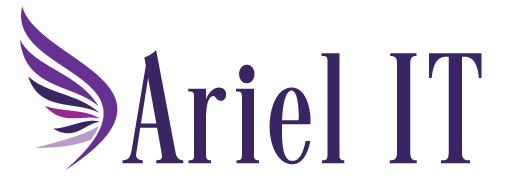From Efficiency to Errors: My Journey with Microsoft Copilot
Since my last post on Copilot, I found a concerning error!
In our last newsletter, I wrote an article titled “Microsoft Copilot – Stop Using Search Engines.” Since then, I have continued my daily use of Copilot for various reasons, including research, writing assistance, finding information in our systems, and analyzing data from our other toolsets.
Most recently, I needed some information about a Board election (four people running for two positions) in our area. Honoring my own recommendation, I naturally turned to Copilot for my research. I already had the answer (about 90% sure) but wanted to verify it. I posed my question to Copilot about a public recommendation that a colleague had made, and it came back with the two candidates they were NOT recommending. Confused, I told Copilot that it was my understanding that the person recommended the other two candidates at the public meeting. Copilot immediately apologized and corrected itself, saying, “You are correct; they did recommend the other two candidates in the public meeting.”
This was the first time since I started using Copilot that I encountered such blatantly incorrect information, and I found myself quite disappointed. However, I realize that everything I use Copilot for is to help me with things I already know well, know how to ask for, and can verify either from my own knowledge or through reputable sites that I trust for my industry.
All that said, there are times to use Copilot and times to use search tools. It’s critical for us to understand Copilot’s (or any AI’s) strengths and weaknesses.
Here are some guidelines I find helpful:
The Strengths of Copilot
Copilot, powered by advanced AI models, excels in various domains:
- Efficiency: Copilot can quickly generate responses, code, and content, saving users considerable time.
- Versatility: It can assist with a wide range of tasks, from writing and research to coding and data analysis.
- Accessibility: Copilot makes complex information more accessible, breaking down intricate topics into understandable segments.
- Creativity: It can help brainstorm ideas, create unique content, and provide inspiration for various projects.
Recognizing the Weaknesses
Despite its strengths, Copilot has limitations that users must be aware of:
- Accuracy: While Copilot strives to provide accurate information, it can occasionally be wrong. AI models are trained on vast datasets, but they can still produce errors or outdated information.
- Context Understanding: Copilot may sometimes misinterpret the context or nuances of a query, leading to irrelevant or incorrect responses.
- Bias: AI models can inadvertently reflect biases present in their training data, which can affect the objectivity of the information provided.
- Complexity: For highly specialized or complex topics, Copilot’s responses might lack depth or precision, necessitating further verification.
The Importance of Thoughtful Use
Given these weaknesses, it’s essential to use Copilot as a tool rather than a definitive resource. Here are some key practices to ensure thoughtful use:
- Fact-Checking: Always verify the information provided by Copilot with reliable sources. Cross-referencing can help identify and correct any inaccuracies.
- Critical Thinking: Approach Copilot’s responses with a critical mindset. Evaluate the relevance and accuracy of the information before applying it.
- Supplementary Use: Use Copilot to complement your knowledge and research. It can be a starting point, but deeper investigation and validation are necessary for critical tasks.
- Feedback Loop: Provide feedback on incorrect or irrelevant responses. This helps improve the AI’s performance and accuracy over time.
Conclusion
AI tools like Copilot are powerful allies in our digital toolkit, but they are not without their flaws. By understanding these limitations and adopting a thoughtful approach to their use, we can harness their potential while mitigating risks. Remember, the key to effective AI utilization lies in combining its capabilities with human judgment and expertise.
Ariel IT helps businesses simplify technology, strengthen cybersecurity, and stay compliant with evolving standards. As Business Professionals - Technical Experts, we partner with organizations to deliver reliable IT solutions that support growth and peace of mind. Contact us to learn more
